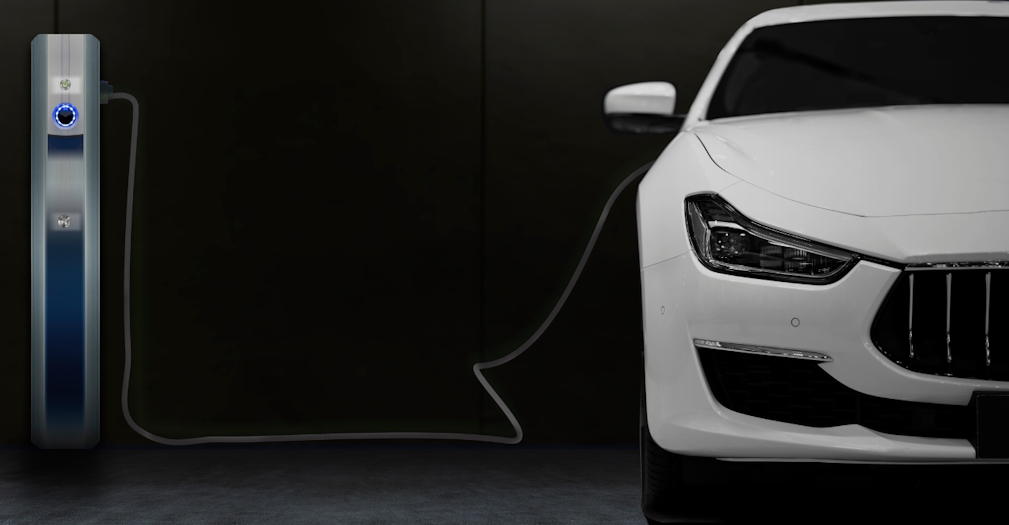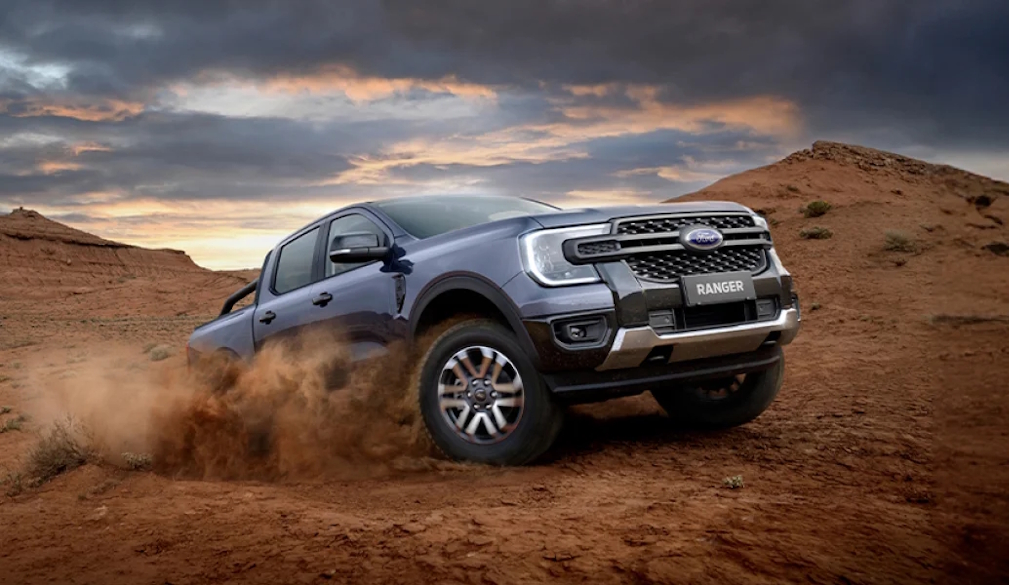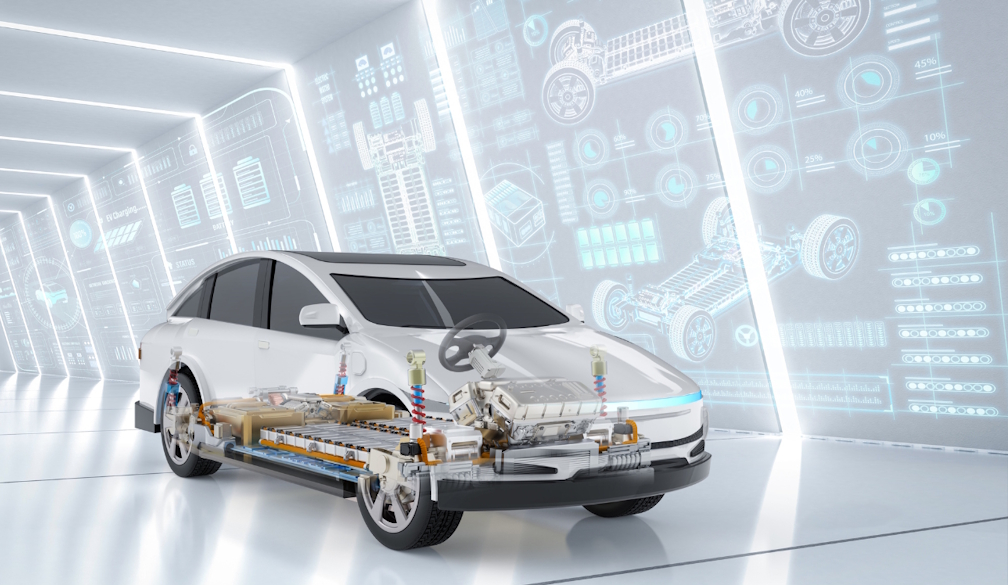Should drivers consider wearing a crash helmet while driving in a car?
- Written by Men's Weekly

The idea of wearing a helmet while driving a car might seem unusual, as helmets are typically associated with activities like motorcycling, bicycling, or extreme sports. However, when considering enhanced safety, it's worth exploring the practicality and effectiveness of helmets in a car environment.
Modern cars are equipped with a range of safety features designed to protect occupants in a collision. These include airbags, seatbelts, reinforced safety cages, and crumple zones, all engineered to absorb impact energy and minimize injury. These systems work in concert to create a protective environment for drivers and passengers.
Helmets, on the other hand, are specifically designed to protect the head from direct impacts, offering a rigid outer shell to distribute force and an inner liner to absorb shock. While highly effective in scenarios where direct head impact is a primary risk, such as on a motorcycle or in an open-cockpit race car, their utility within a passenger vehicle is less clear-cut.
One might argue that in certain types of crashes, particularly rollovers or impacts where the head could strike the interior of the vehicle despite airbags, a helmet could offer additional protection. However, airbags deploy rapidly and are designed to cushion the head and upper body, often providing a more comprehensive and integrated safety solution within the confined space of a car cabin. A helmet could potentially interfere with airbag deployment or even create new injury risks if not properly integrated with the vehicle's existing safety systems.
Furthermore, the practicalities of wearing a helmet for everyday driving present challenges. Helmets can restrict peripheral vision, reduce hearing, and be uncomfortable for extended periods, especially in varying temperatures. These factors could potentially diminish a driver's awareness and focus, inadvertently increasing the risk of an accident.
In conclusion, while the concept of maximising safety is always commendable, the design and existing safety features of modern cars are generally considered sufficient for head protection in most common collision scenarios. The potential benefits of wearing a helmet in a car for everyday driving are likely outweighed by practical disadvantages and possible interference with engineered safety systems.
For extreme driving conditions or competitive racing, specialised helmets and safety equipment tailored to those environments are already standard. There are valid reasons for crash helmets to be worn outside of racing. Head injuries are a leading cause to road trauma in collisions involving cars and stationary objects. Think inner city streets increasingly populated by hoons where innocent motorists are impacted.
For the average driver, focusing on utilising existing car safety features, maintaining the vehicle, and practicing defensive driving remains the most effective approach to road safety.







